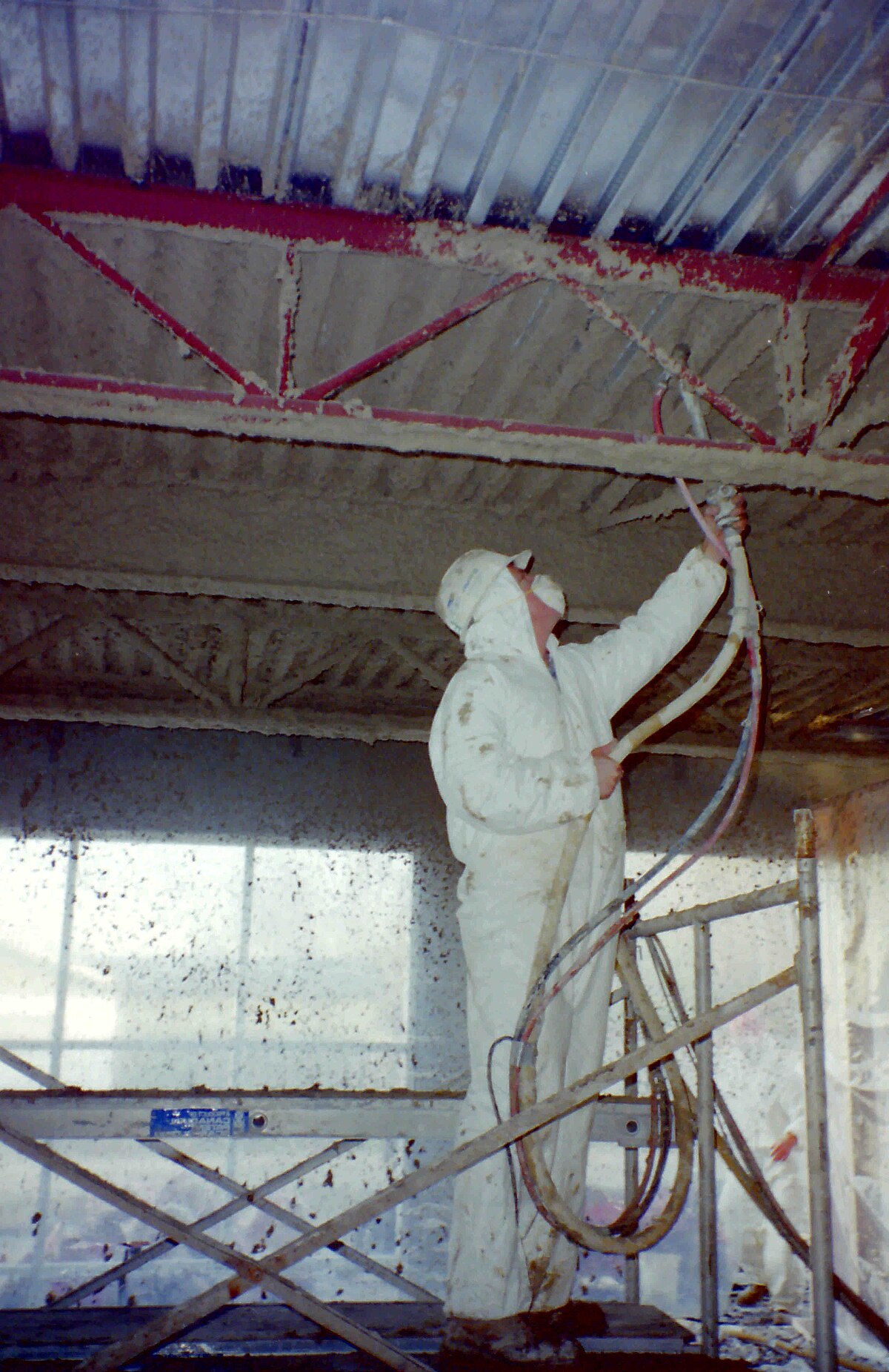When it comes to insulating your home or building, choosing the right type of insulation is crucial for energy efficiency and comfort. With numerous options available in the market, it can be overwhelming to determine which type is the easiest to install while providing optimal insulation. In this article, we will explore the different types of insulation and identify the easiest and most effective options for your insulation needs.
- Spray Foam Insulation:
Spray foam insulation has gained popularity in recent years due to its exceptional insulating properties. It is applied as a liquid that expands and hardens into a solid foam, filling gaps and creating an airtight seal. While professional installation is recommended for larger projects, DIY kits are available for smaller applications. Spray foam insulation provides excellent thermal resistance and effectively reduces air leakage, making it one of the easiest and most efficient insulation options. - Fiberglass Insulation:
Fiberglass insulation is a widely used and cost-effective option for insulating homes and buildings. It consists of tiny glass fibers that trap air, creating a layer of insulation. Fiberglass insulation is available in batts or rolls, making it easy to handle and install. With proper protective gear, it can be a suitable DIY project. Fiberglass insulation is known for its thermal performance and soundproofing capabilities, making it a versatile and relatively easy option for insulation. - Cellulose Insulation:
Cellulose insulation is an eco-friendly option made from recycled paper products, such as newspapers and cardboard. It is treated with fire-retardant chemicals to enhance safety. Cellulose insulation can be blown into attics, walls, and other cavities using specialized equipment. While professional installation is recommended for larger areas, smaller projects can be tackled by homeowners with proper guidance. Cellulose insulation offers excellent thermal performance and is relatively easy to install, especially in existing structures. - Reflective Insulation:
Reflective insulation is a unique type of insulation that works by reflecting radiant heat. It typically consists of a layer of aluminum foil or metallic film applied to a substrate material. Reflective insulation is commonly used in attics, roofs, and walls to reduce heat transfer. It is relatively easy to install, as it often comes in rolls or sheets that can be cut and fitted into place. Reflective insulation is particularly effective in hot climates, where it helps to keep the interior cool by reflecting the sun's heat.
Conclusion:
Choosing the right type of insulation is essential for maximizing energy efficiency and maintaining a comfortable indoor environment. While there are various insulation options available, spray foam insulation, fiberglass insulation, cellulose insulation, and reflective insulation stand out as some of the easiest and most effective choices. Whether you opt for professional installation or decide to tackle a DIY project, these insulation types offer excellent thermal performance and can significantly reduce energy consumption. Prioritize insulation in your home or building to enjoy long-term energy savings and a more sustainable future.

